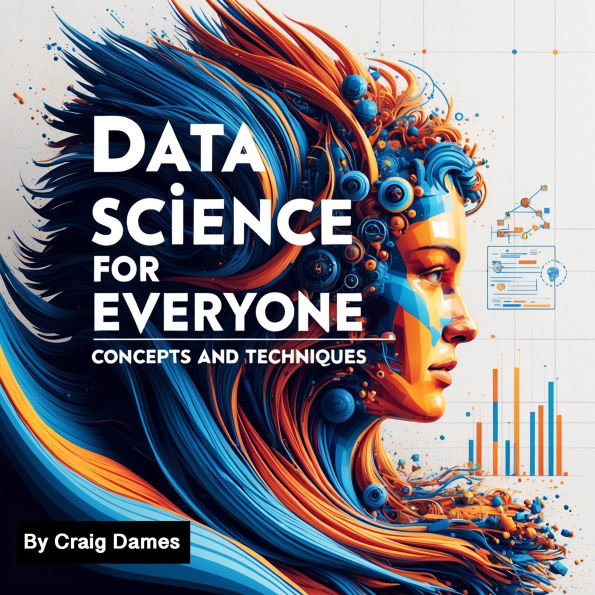Data science is a multidisciplinary field that combines statistics, computer science, and domain expertise to extract meaningful insights from data. In today's digital era, data is generated at an unprecedented rate, making data science one of the most valuable skills in various industries. From healthcare to finance, businesses leverage data science to improve decision-making, optimize processes, and drive innovation.
At its core, data science follows a structured approach that includes data collection, cleaning, exploration, modeling, and interpretation. The first step in any data science project is acquiring relevant data. This data can come from multiple sources, such as databases, APIs, or even social media. Once collected, it often requires cleaning, as raw data may contain errors, inconsistencies, or missing values that can impact the accuracy of analyses.
After cleaning, exploratory data analysis (EDA) helps uncover patterns, trends, and relationships within the data. Visualization techniques, such as charts and graphs, make it easier to understand complex datasets. EDA also aids in feature selection, a crucial step in preparing data for machine learning models. Machine learning, a subset of artificial intelligence, allows computers to learn from data and make predictions. Common machine learning techniques include supervised learning, where models learn from labeled data, and unsupervised learning, which identifies hidden patterns without predefined labels.
Data science is a multidisciplinary field that combines statistics, computer science, and domain expertise to extract meaningful insights from data. In today's digital era, data is generated at an unprecedented rate, making data science one of the most valuable skills in various industries. From healthcare to finance, businesses leverage data science to improve decision-making, optimize processes, and drive innovation.
At its core, data science follows a structured approach that includes data collection, cleaning, exploration, modeling, and interpretation. The first step in any data science project is acquiring relevant data. This data can come from multiple sources, such as databases, APIs, or even social media. Once collected, it often requires cleaning, as raw data may contain errors, inconsistencies, or missing values that can impact the accuracy of analyses.
After cleaning, exploratory data analysis (EDA) helps uncover patterns, trends, and relationships within the data. Visualization techniques, such as charts and graphs, make it easier to understand complex datasets. EDA also aids in feature selection, a crucial step in preparing data for machine learning models. Machine learning, a subset of artificial intelligence, allows computers to learn from data and make predictions. Common machine learning techniques include supervised learning, where models learn from labeled data, and unsupervised learning, which identifies hidden patterns without predefined labels.

Data Science for Everyone: Concepts and Techniques

Data Science for Everyone: Concepts and Techniques
FREE
with a B&N Audiobooks Subscription

Product Details
| BN ID: | 2940194154333 |
|---|---|
| Publisher: | Cammy Fetchens LLC |
| Publication date: | 03/14/2025 |
| Edition description: | Unabridged |
Videos

